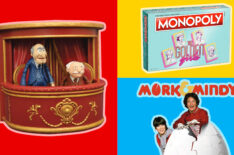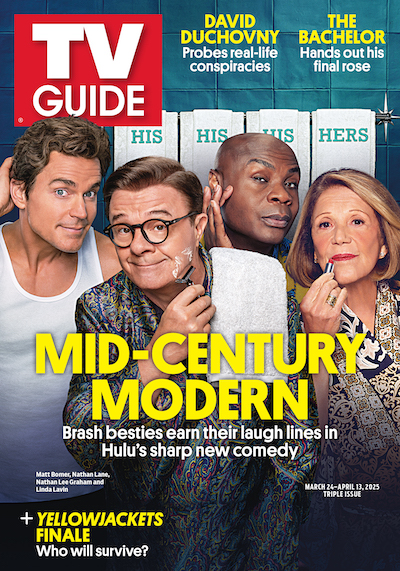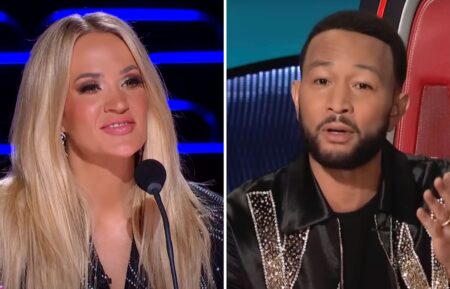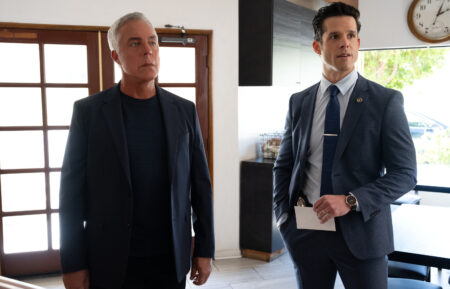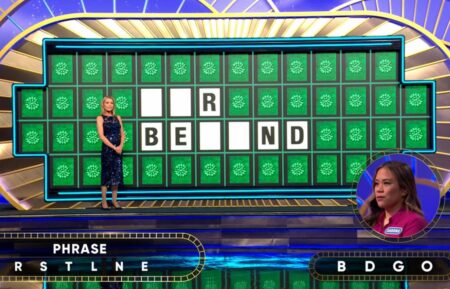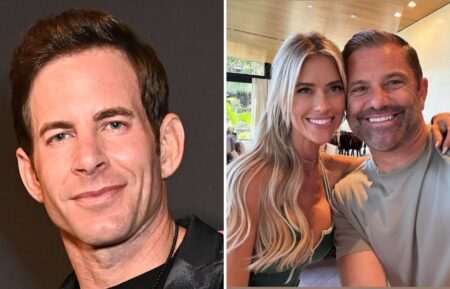Happy Birthday Bugs Bunny! A Toast to the Greatest ‘Toon Character Ever
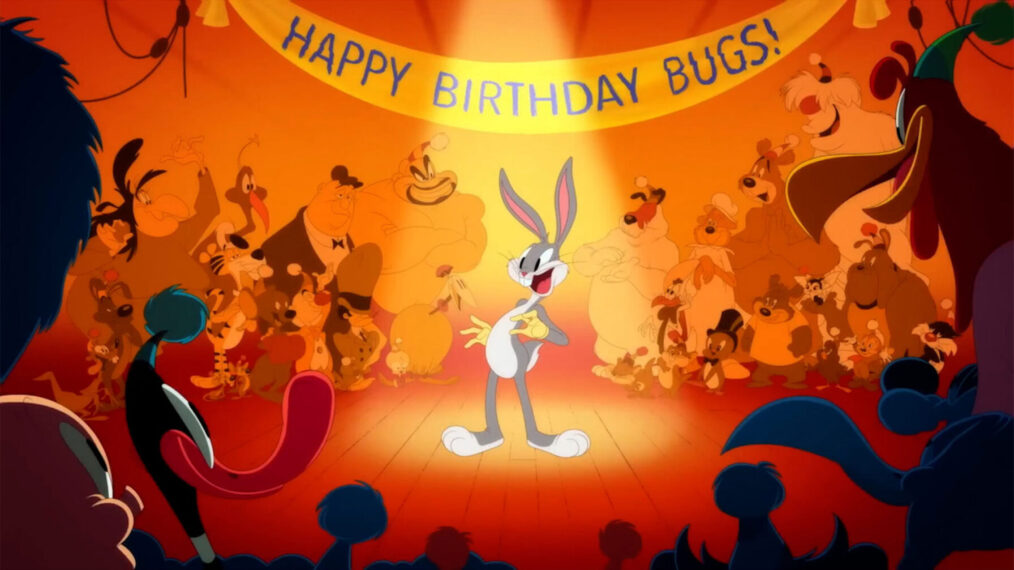
Preview
Ehhhh, what’s up, doc…umentary?
In honor of his momentous 84th birthday, Bugs Bunny is getting the royal treatment in a nostalgia-filled new special befitting the cotton-tailed king of animated comedy. The just-launched MeTV Toons network debuts Hare’s to Bugs! A Bugs Bunny Celebration (airing multiple times on Saturday, July 27), a lively hop through the history of this wisecracking icon who’s all that and a bag of carrot chips. And the new over-the-air broadcast channel (where Bugs Bunny and Friends can be seen every day, along with countless other classic cartoons) has recruited a parade of experts to sing the praises of Looney Tunes’ most prolific pet project. Or, as Looney Tunes voice actor Candi Milo calls him, “the Johnny Carson of cartoons.”
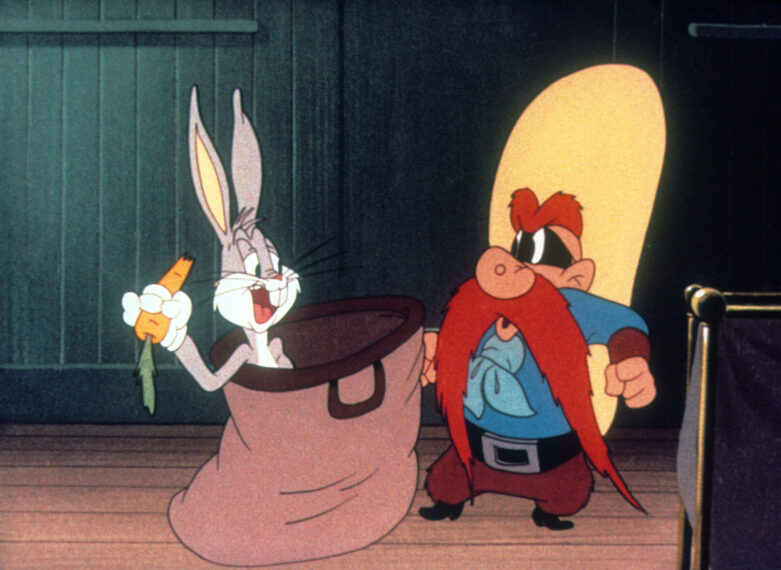
“Bugs Bunny is in that upper pantheon of the most-recognizable cartoon characters in the world,” agrees Michael Schneider, Variety’s TV editor, in the special, adding that Bugs’ impact on entertainment far exceeds just the world of animation. “[He] is probably one of the most influential characters in comedy history. When you see [on shows] today the use of irony, of asides, of just clever wordplay, that all goes back to all of us watching Bugs Bunny as a kid.”
Speaking of those early days, the film features a fascinating archival clip from Porky’s Hare Hunt, a 1938 Looney Tunes entry that includes what animator Alex Kirwan refers to onscreen as “a proto-Bugs” character. He was more squat, less refined and sported Woody Woodpecker’s laugh. “His appearance has changed considerably over the course of his films,” Kirwan continues.
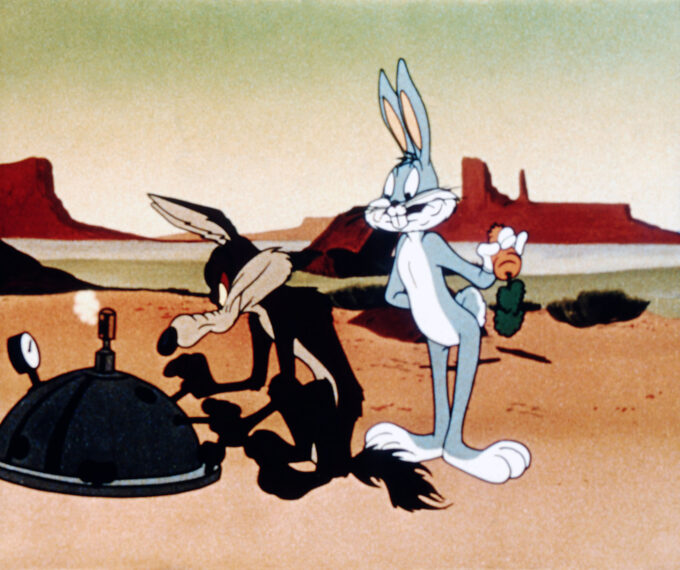
At the time, there was already a spotlight hog — literally. “If you look at what was going on in the late 1930s with these cartoon characters, Porky Pig was far and away the biggest star,” explains Bill Leff, the host of MeTV’s Toon In With Me. “And then all of a sudden, he was beat by Daffy Duck and everybody thought, ‘Well, now what do we do? You’re not gonna beat that.’” Little did they know that Hare Hunt’s rubber-limbed rough draft of Bugs was about to become a group effort among some of the best animators in the business at the time. “There were five fathers of Bugs Bunny,” notes Linda Jones Clough, listing her animator father Chuck Jones and his fellow cartoon legends Tex Avery, Robert McKimson, Friz Freleng and Bob Clampett as the cooks behind the perfect stew of Bugs’ quick-witted sarcasm, Groucho Marx–ish madcappery and, per animation historian Jerry Beck, an insouciance inspired by a peckish Clark Gable in It Happened One Night. “At one point, he just takes out a carrot and starts chomping on it, and that fit perfectly with the idea of a rabbit and Bugs Bunny, so they used it. It fit his personality.”
Audiences got their first real taste of that personality in director Avery’s Oscar-nominated gem A Wild Hare. Released on July 27, 1940, as part of the Merrie Melodies series of cinematic shorts, it “crystallized who the character was,” notes animator Eric Goldberg. Bugs’ big-screen debut pit a rifle-toting Elmer Fudd against a wascally wabbit who outsmarted him at every turn. “[Bugs] isn’t going to run in a crazy panic away from a hunter with a gun. He’s going to play mind games with him.” And he played them with one of the most distinct accents, courtesy of the late Mel Blanc’s brilliant voice work. “I had to have a tough voice, either Brooklyn or the Bronx,” Blanc recalls in a featured clip, slipping into the mashed-up inflection. “So I thought ‘Why don’t I put the two of them together, Doc?’”
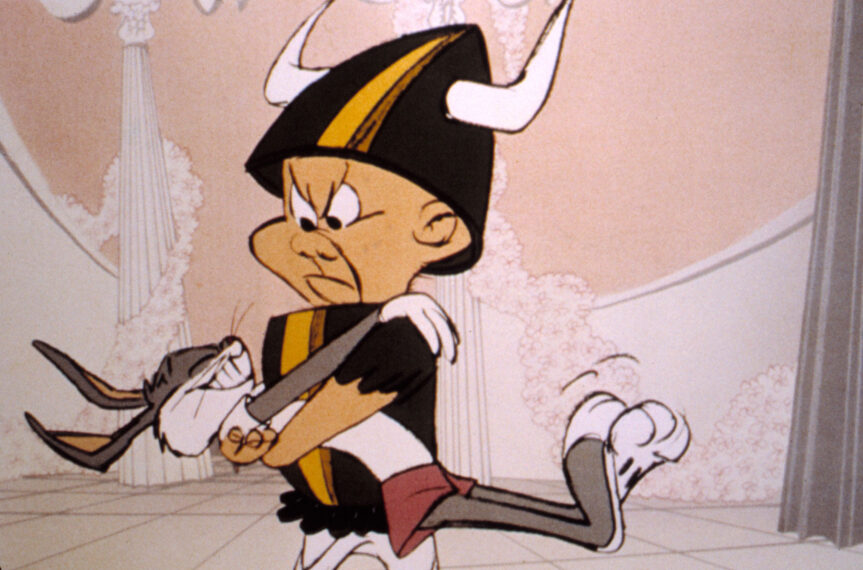
From there, Bugs blew up and has since delivered a boundless bounty of slapstick and out-there scenarios that only make sense in the Looney-verse. “Pretty quickly they found that you could almost drop him into a fantasy scenario and you [didn’t] need to explain why he’s there,” points out Kirwan. “His adaptability is what makes him great,” echoes Milo. Cases in point: Bugs’ stints as a gangster, cowboy and multitasking baseball star (“First base, Bugs Bunny! Shortstop, Bugs Bunny! Second base, Bugs Bunny!”), as well as 1957’s Wagnerian parody masterpiece What’s Opera, Doc?
“There’s no setup at the beginning of the cartoon to explain why Bugs and Elmer [Fudd] are in an opera. They just are, and you accept it,” continues Kirwan during one of his interviews. “The art in What’s Opera, Doc? is pushed maybe further than almost any other Looney Tune. The use of color, the use of shape, the use of composition. It’s Bugs and Elmer at their most classic dynamic.”
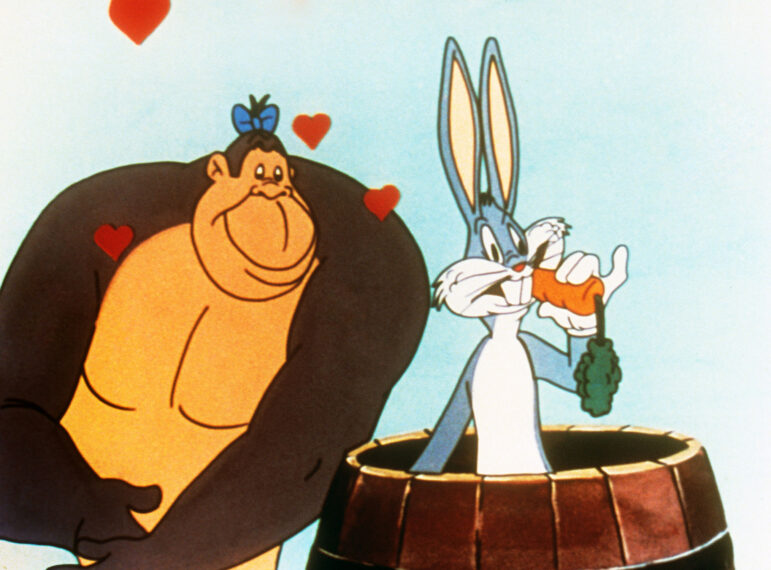
Throughout the program, the contributors also weigh in on Bugs’ other adversaries, including fan favorites like Marvin the Martian, Yosemite Sam, Wile E. Coyote and the Tasmanian Devil. And while a few feel that Daffy is more of a frenemy, they all agree that trouble arises only when one of them bugs Bugs. Jokes Eric Bauza, an Emmy-winning voice actor who has channeled Daffy, Porky, Marvin and Elmer for various Warner Bros. projects, “All hell breaks loose when you bother Bugs Bunny on his good day!”
Still, even with his hare-trigger temper and penchant for comedic chaos, Bugs has built a legacy most flesh-and-blood folks would flip for. He became the mascot for the war effort during World War II, was the first cartoon character to appear on a U.S. first-class postage stamp and, in 1985, became only the second cartoon character to receive a star on the Hollywood Walk of Fame (after Mickey Mouse). In 1960, he made his primetime TV debut with The Bugs Bunny Show, then became a Saturday-morning staple two years later. In 2002, TV Guide Magazine named Bugs the No. 1 Greatest Cartoon Character of All Time. Today, with fans of every age, he remains as entertaining taking on LeBron James in 2021’s hit Space Jam: A New Legacy as he did when he first tied Elmer Fudd’s gun into a bow back in 1940s Technicolor. He is that rare breed of pop culture perfection, a character that never fails to delight us and is poised to continue doing so in his own inimitable style for generations to come. As Milo states, the guy “is timeless…you can find Bugs anywhere.”
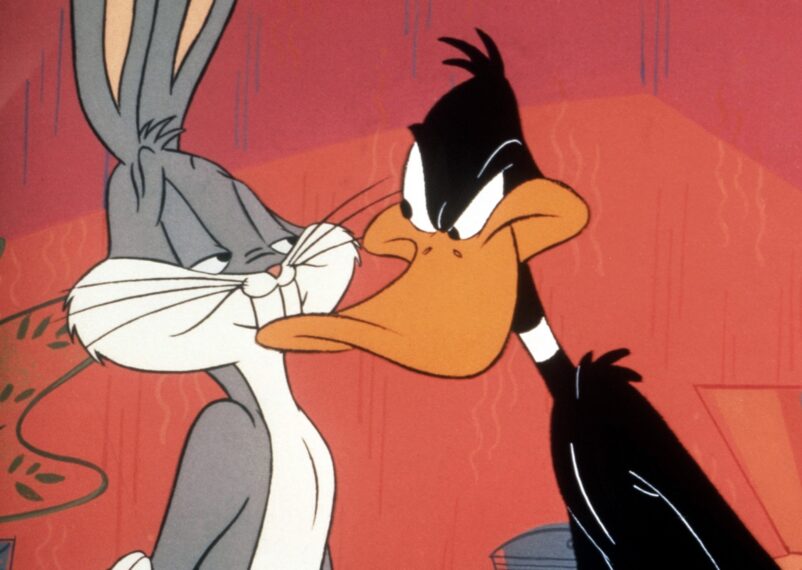
Hare’s to Bugs! A Bugs Bunny Celebration, Saturday, July 27, 10am/9c, MeTV Toons
From TV Guide Magazine
How Hulu's 'Mid-Century Modern' Is a 'Golden Girls' for Our Times
Settle in for some older and bolder laughs with the BFFs of a certain age in the new comedy starring Nathan Lane, Matt Bomer, and Nathan Lee Graham. Read the story now on TV Insider.

